
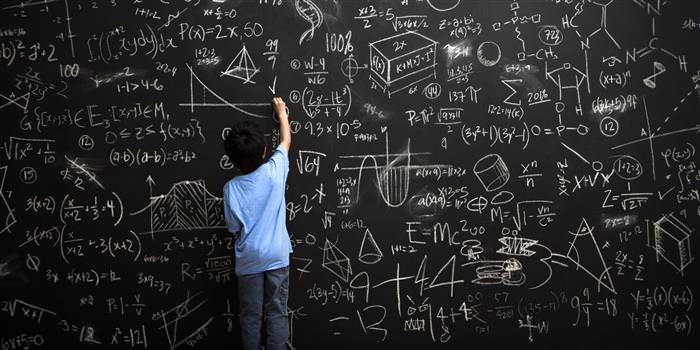
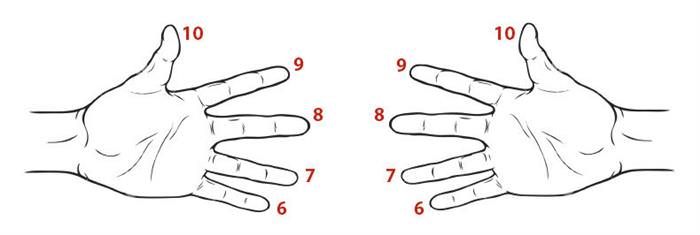
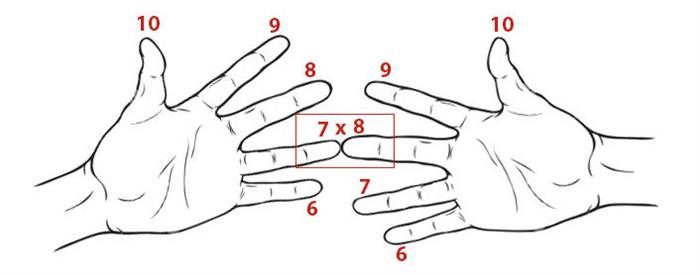
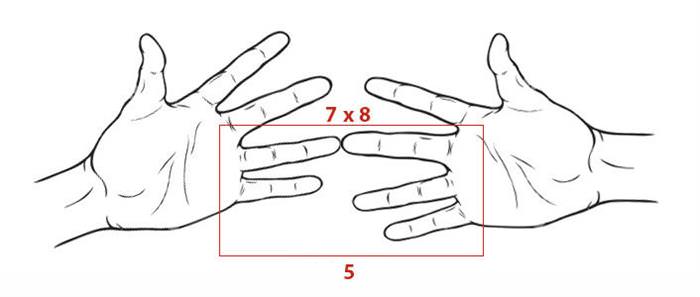
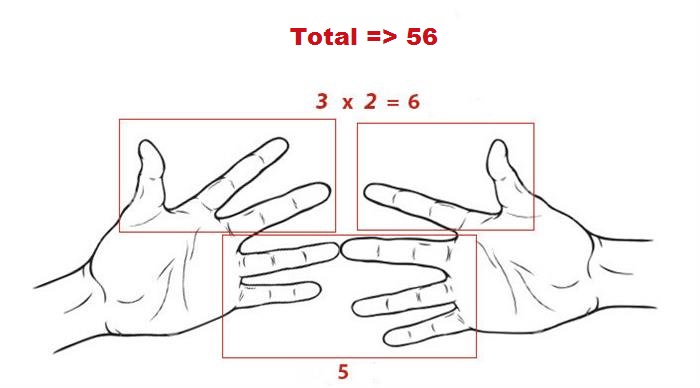
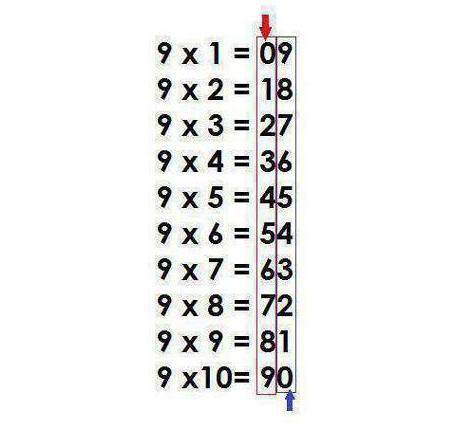


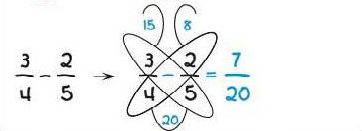
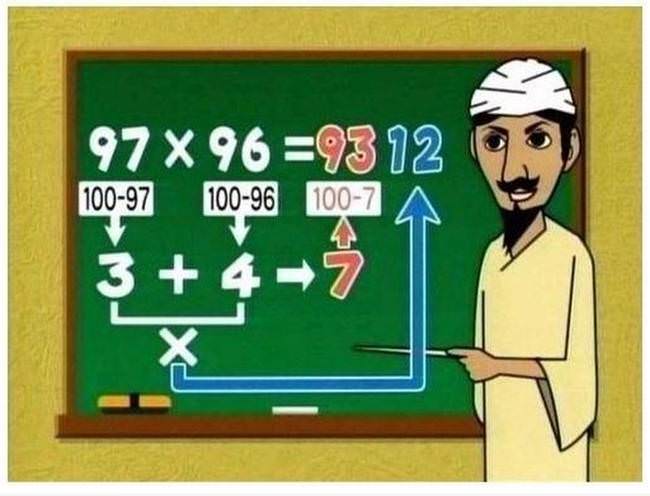
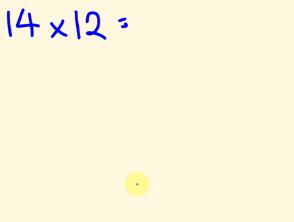
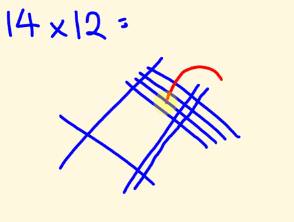
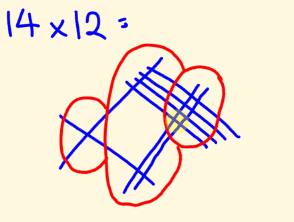

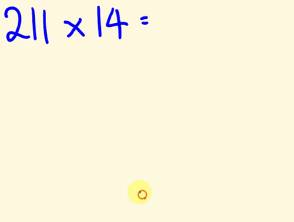
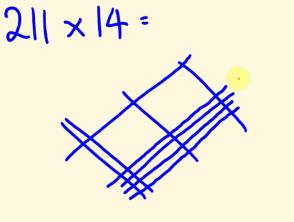
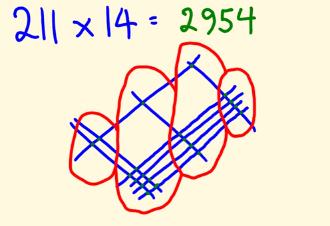
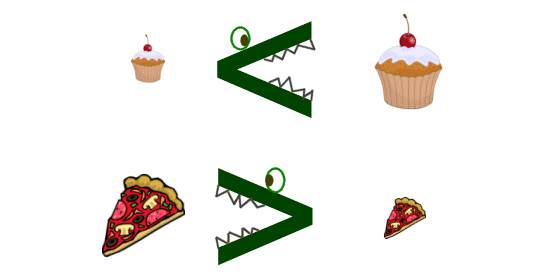

Test Yourself: Who Were Your Ancestors?
This quiz will let you know what kind of people your ancestors were, based entirely on your own memories...

Quiz: The Clear Thinking Test!
Take this quick thinknig test to see how well you can think.

QUIZ: Can You Run a Successful BBQ?
Take this test to determine whether you're a master of the grill, or simply just a fire hazard!

Quiz: The Clear Thinking Test
Take this quick thinknig test to see how well you can think.

Only MENSA Members Will Be Able to Pass This Quiz...
Think you're king of the hill when it comes to logical puzzles? Let's see how smart you really are!

This Personality Test Has Really Got You Figured Out!
Do you think you're more of a riddle or a brainteaser, or perhaps a cryptogram or an enigma? Take this quiz and find out!

10 Difficult Words in English Everyone Should Know
English has many difficult words with meanings that are nearly impossible to guess, which makes them super tough to remember. Here are 10 such words

The English Samurai: The True History Behind 'Shogun'
In this article, we will look at the TRUE history behind the celebrated book Shogun.

Find Humor & Inspiration in These Douglas Adams Quotes
May you find inspiration and humor in these quotes by Douglas Adams.
 7:30
7:30
Fascinating - Real CIA Experiments of Psychic Powers
There is a US army unit investigating the potential of psychic phenomena. Yes, this is a true story. Learn about their most fundamental experiment here.
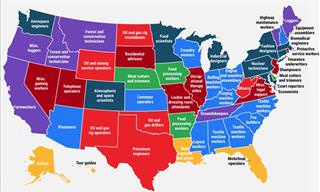
These Maps Are Guaranteed to Teach You About the USA
The USA becomes all the more fascinating when you collate a ton of different maps containing insightful demographic data. Take a look at this map compilation.
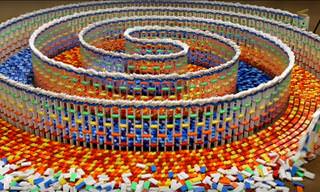 2:28
2:28
This Triple Spiral Domino Is Driving the Internet WILD!
Hevesh5 is a professional domino artist that is tearing the internet apart with this amazing display! I have never seen anything like this!
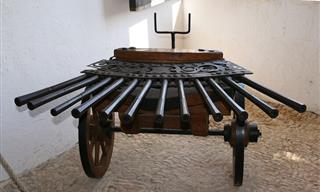
These War Machines Were Truly One-of-a-Kind
It’s crazy to think these war weapons actually existed.
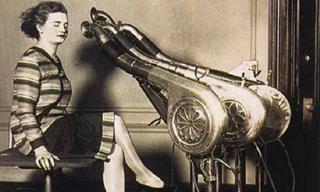
A Look Back at How 15 Famous Inventions Started Out
Today, let’s look back at the fascinating vintage versions of modern tech that we still use.

7 Ancient Buildings That Have Survived the Test of Time
Here is a look at some wonderful ancient structures that have survived the test of time.

There is No Greater Blessing than Your Family
Beautiful Words: Having a family to care for is a blessing.

A Nostalgic Look Back at Prices in the Past (14 Pics)
Travel back to the time when things cost just a few cents.
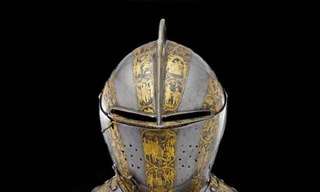
30 Historic Artifacts With Centuries of Beauty.
These 30 pieces from history are a shining example of how stunning such works can be.

10 Fascinating Facts About Mark Twain’s Life
Without a doubt, there are many things we can admire in Mark Twain & learn from his life. Here are 10 fascinating facts from his biography you likely didn’t know

4 Of the Strangest Unsolved Mysteries of All Time
Despite investigators' best efforts, these strange mysteries have remained unsolved...

9 Unusual Facts You Probably Didn't Know About July 4
There’s still so much you don’t know about America’s Independence Day.
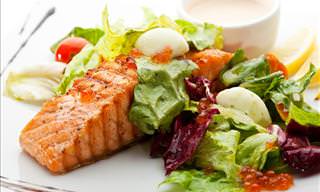
17 Extremely Dangerous Foods That Could Kill You!
From toxic fish, to monkey brains, you'll be surprised at what some people would risk just for a taste of these dangerous "delicacies".
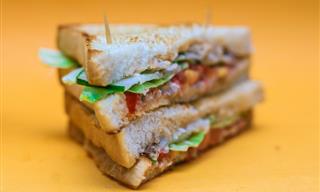
10 Surprising Facts About the Food in Your Kitchen
Did you know that ordinary foods like carrots, jelly beans, sandwiches, and broccoli have a fascinating story to tell?
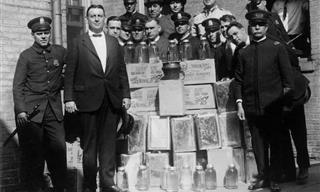
7 Conspiracy Stories that Turned Out to be True
These stories are shocking... and they turned out to be true!

Ten Reasons Why Japan's Schools Are Spectacular
How is it Japan is so special? Perhaps it is all down to their unique education system. Here are 10 amazing things about Japan's schools you never knew!

8 Hilarious Malapropisms by Famous Figures
Everyone, from politicians to celebrities, had a language slip-up at least once...

Fact or Fiction? Debunking History's Most Common Myths
Update your knowledge of the Middle Ages by learning the truth behind these 12 common myths.
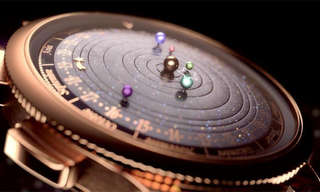
This May Be the Most Amazing Watch Ever Created...
Luxury watch makers Van Cleef & Arpels have created this dazzling creation, showing the planets and our sun while a small comet moves along a track to tell us the time.

15 Intriguing Facts About the World Around Us
A whole lifetime wouldn't be enough to learn all there is to know about the world. Here are 15 fascinating facts you probably didn't know.
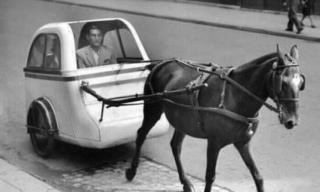
Unseen & Rare Photos from History You Will Love
We bet you haven’t seen these amazing historical photos before.
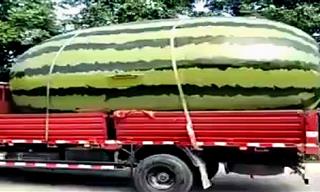 17:06
17:06
Wow! Look at the Size of These Massive Fruits & Veggies!
These massive fruits and vegetables could feed you for an entire year!
 3:48
3:48
Ride Through a German Town In 1902 on 'The Flying Train'
Take a fascinating ride through a German town from 1902 in this rare and unique footage.
 11:06
11:06
I've Never Heard This Amazing Tale From the 2nd World War
This is going to be one of the most amazing stories you've ever heard. I guarantee it.

Enrich Your Knowledge with These 18 Fascinating Facts!
Whether you love trivia, history, or just want to keep feeding your brain, these 18 facts will do for you.

7 Must-Read Books That Will Get You Interested in History
These interesting history books will make you look at our world and our past from a different perspective.

What’s Written in the Sky? 8 Greek Constellation Myths!
Have you ever wondered how constellations got their names? These stories from Ancient Greece reveal the mythology behind 8 prominent constellations in the sky.

You’d Be Surprised at How Valuable These Old Items Are!
These 9 ordinary old items that could be extremely valuable today. Some of them may be collecting dust in your home right now...
 3:25
3:25
Saxophone Magic: 15 Unforgettable Solos
These renditions of epic sax solos are just perfect.

Can You Spot the Camouflaged Creatures in These Photos?
These wonderful animals have gone into hiding. Can you find them? If not, just click on the photo to reveal all!

8 Historical Coincidences That are Too Bizarre to Be Fake
Throughout history, there were many events that could only occur due to incredible coincidences. Here are 8 of history weirdest coincidences, these stories sound stranger than fiction.

These 10 Documentaries Are a Must for Curious Minds
You can’t miss these thought-provoking documentaries.
 5:06
5:06
Watch Andrea Bocelli and His Daughter Perform "Hallelujah"
Watch the legendary singer Andrea Bocelli perform a beautiful rendition of the famous song "Hallelujah" with his little daughter.

911 Operators Have to Deal With the Craziest Cases...
911 operators in the United States are usually the ones to deal with unusual situations and emergencies. Here are 9 unbelievably crazy stories from them.
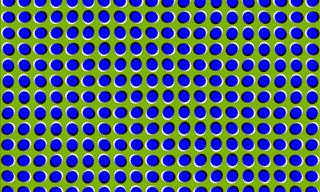
Get Lost in These 15 Surreal Optical Illusions!
After looking at these weird optical illusions you might never trust your eyes again.
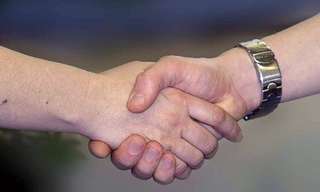
12 Rules for Basic Etiquette that Should Still be Practiced
It feels like people forgot the meaning of politeness, well these 12 rules of manners should be read, remembered and acted upon.
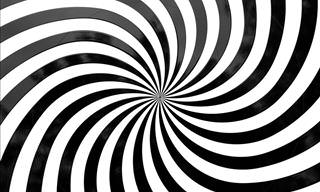
Want to Fool Your Own Brain? Have a Look at These Illusions
Optical Illusions That'll Make You Doubt Your Eyesight!
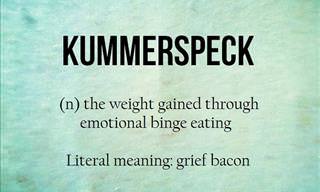
The English Language Desperately Needs These German Words!
Take a look at these 21 incredibly powerful words that the English language desperately needs to adopt.


